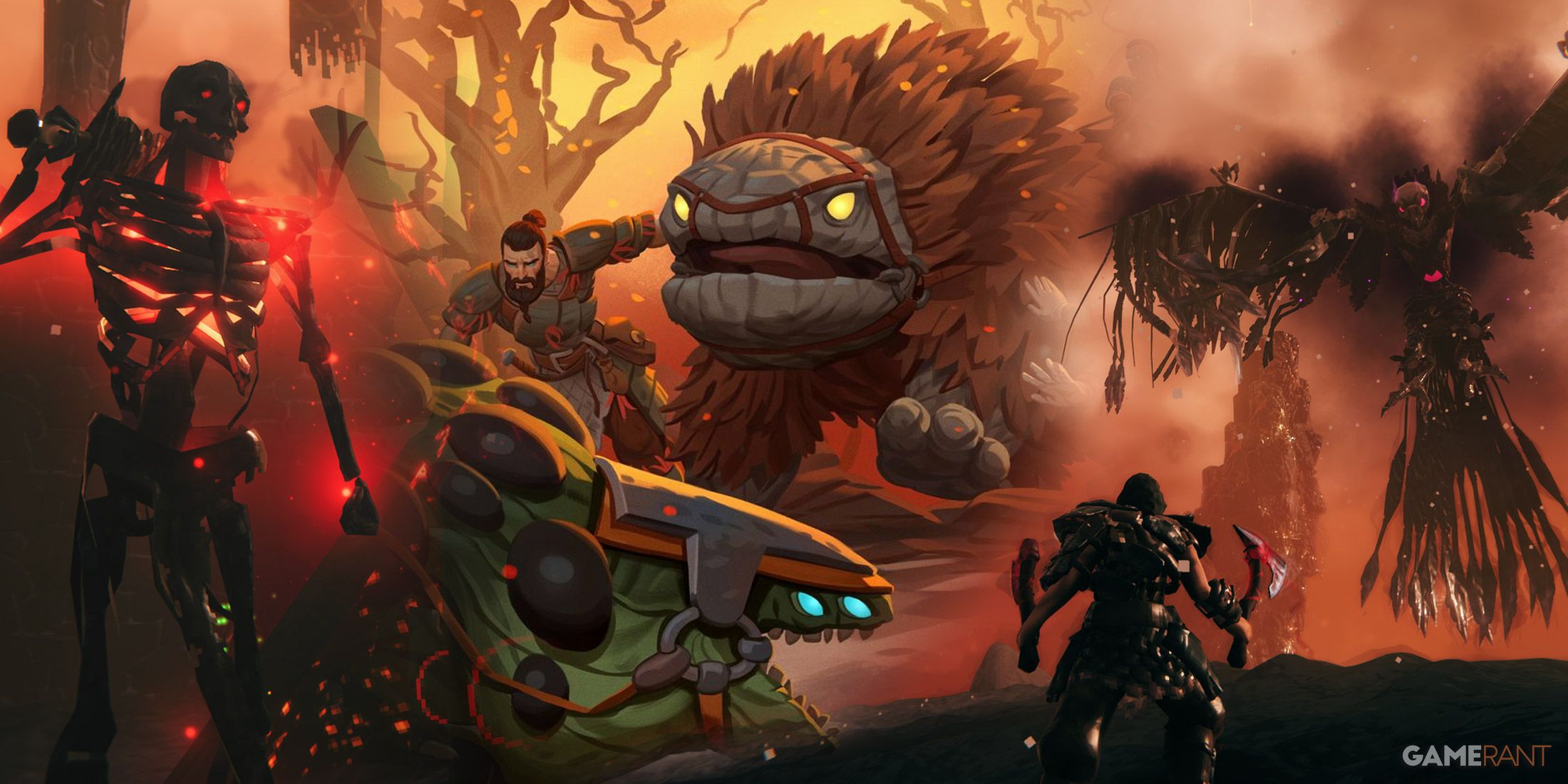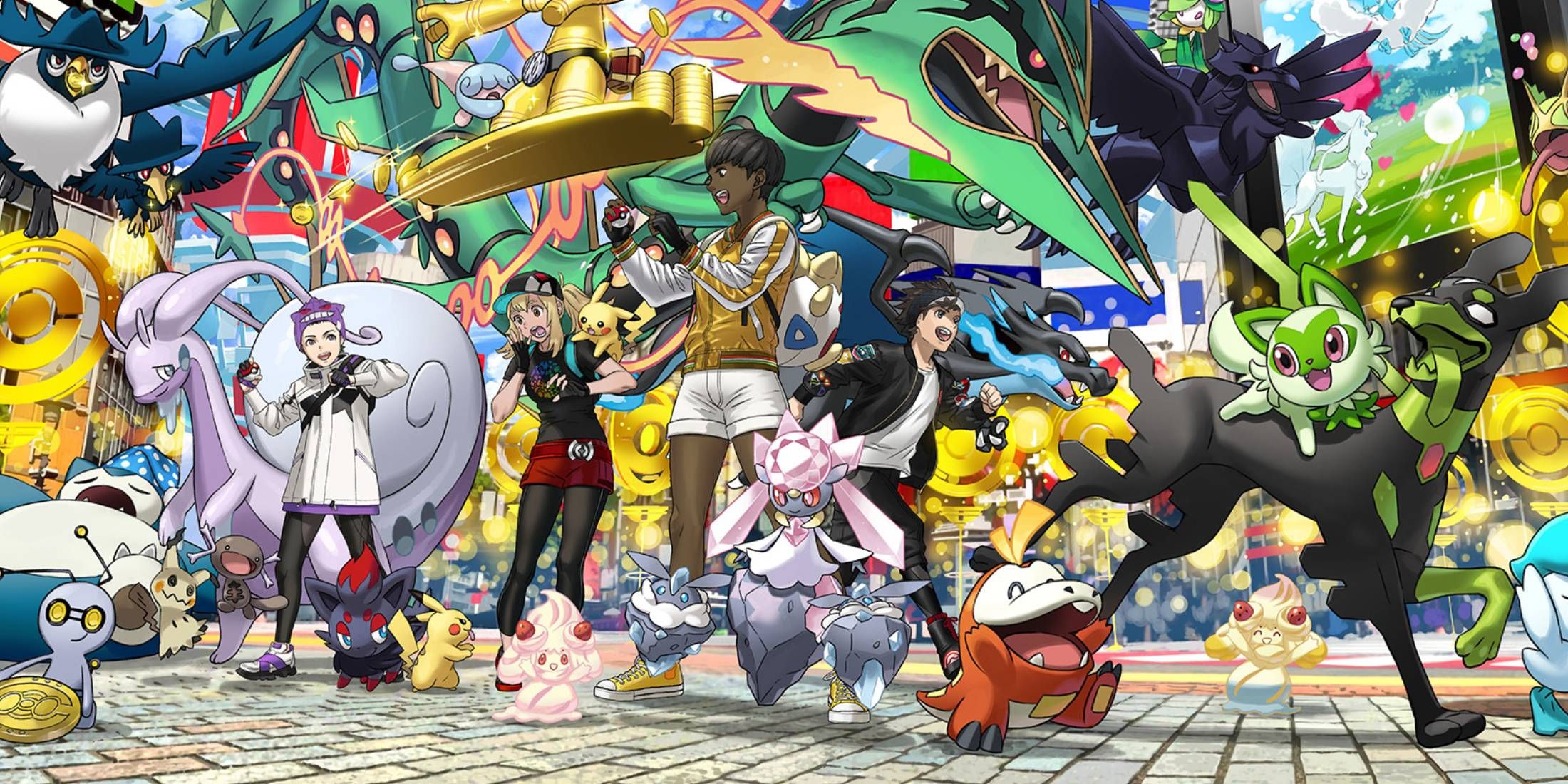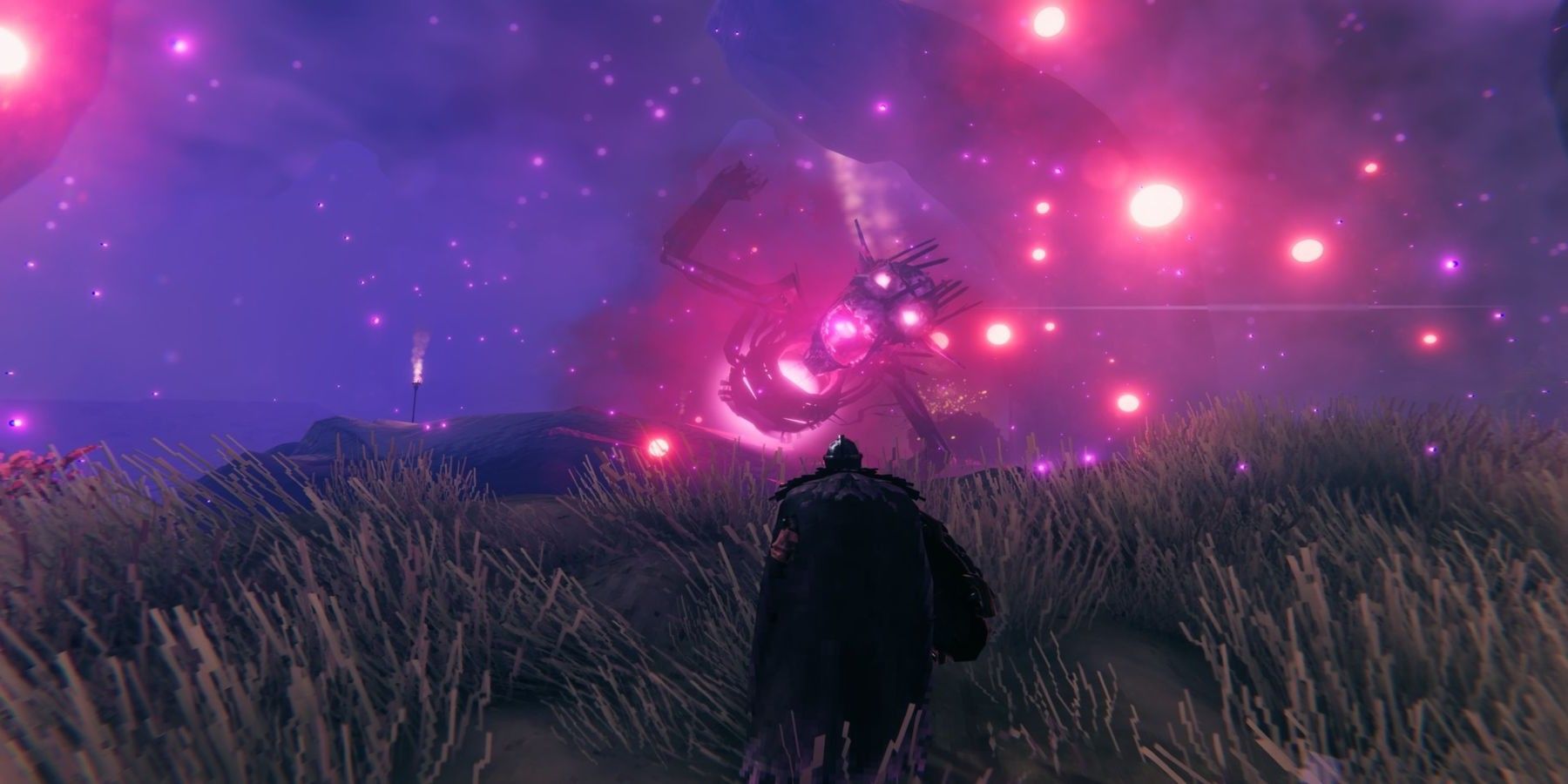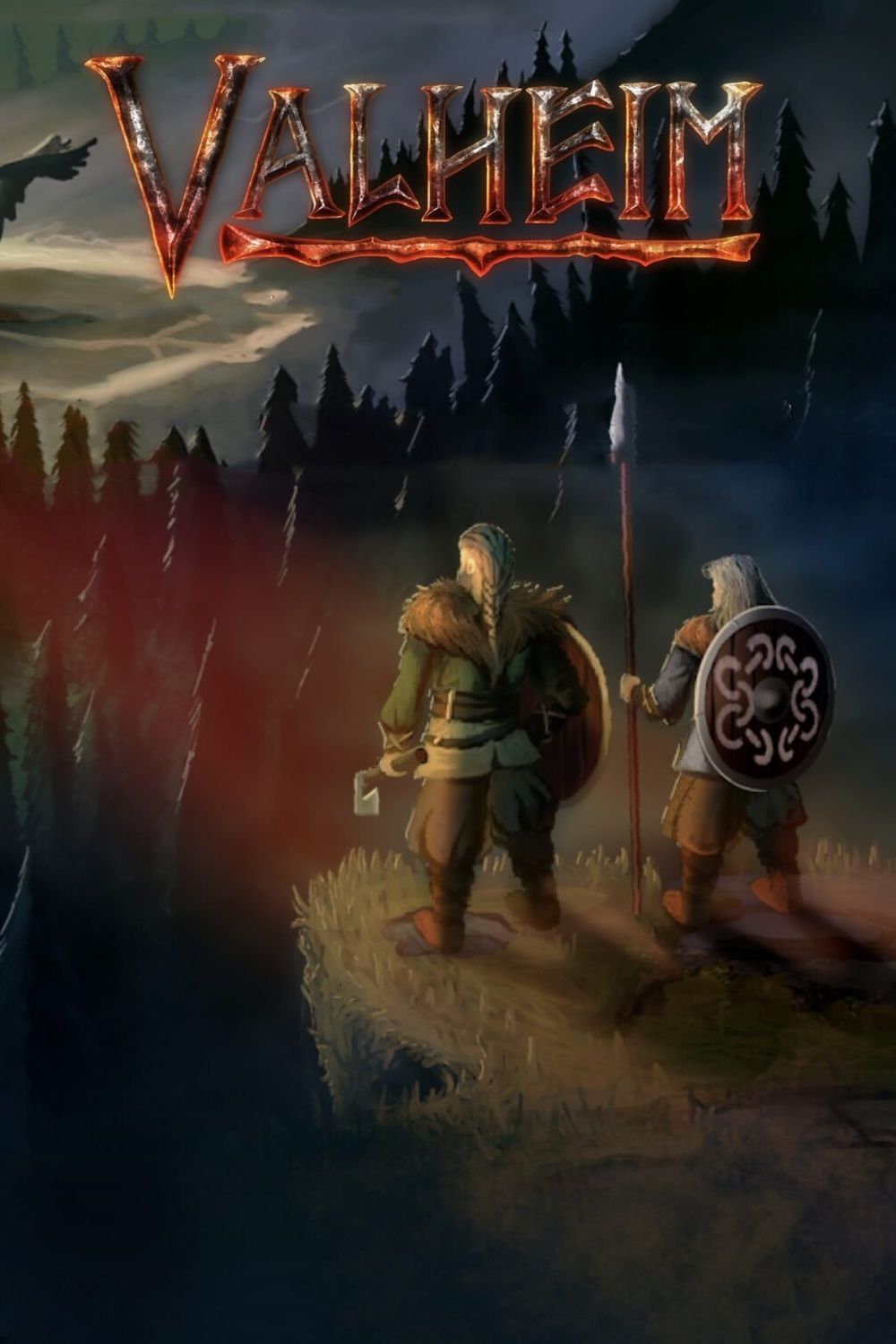Highlights
- Valheim's implementation of bosses within the same randomly generated world adds to gameplay flow and storyline progression, giving it an edge over Minecraft.
- Keeping enemies within the same world could benefit Minecraft's gameplay by integrating bosses more effectively into the overarching experience.
- Minecraft can learn from Valheim by exploring options to make its bosses more accessible without having to travel to alternate dimensions.
Giving players room to express the furthest boundaries of their creativity is the primary concern of sandbox games. Sandbox titles typically include a range of weaponry and building materials to give the authentic feel of a survival experience. As gameplay demands continue to change, genre leaders like Minecraft have pulled ahead of the competition through a consistent stream of updates. But despite Minecraft's extensive acclaim, its handling of bosses is a bit lacking compared to Valheim. Although Minecraft has its fair share of bosses in entities like Creepers and the Elder Guardian, Valheim's implementation gives it an edge.
The traditional premise of RPG final bosses is steeped in a gradual story buildup, and in randomly generated worlds where each player is in control of their own tale, bosses would presumably stick out like a sore thumb. However, that hasn't stopped the biggest titles in the sandbox genre from adding these distinct enemies, albeit with different spins. Mojang Studios separated its bosses into alternate dimensions, and in this process, the quality of enemies in Minecraft's Overworld took a hit. On the other hand, Valheim found a formula to keep its biggest enemies in the same world through its procedural generation, and this gives the Norse-focused title an advantage.
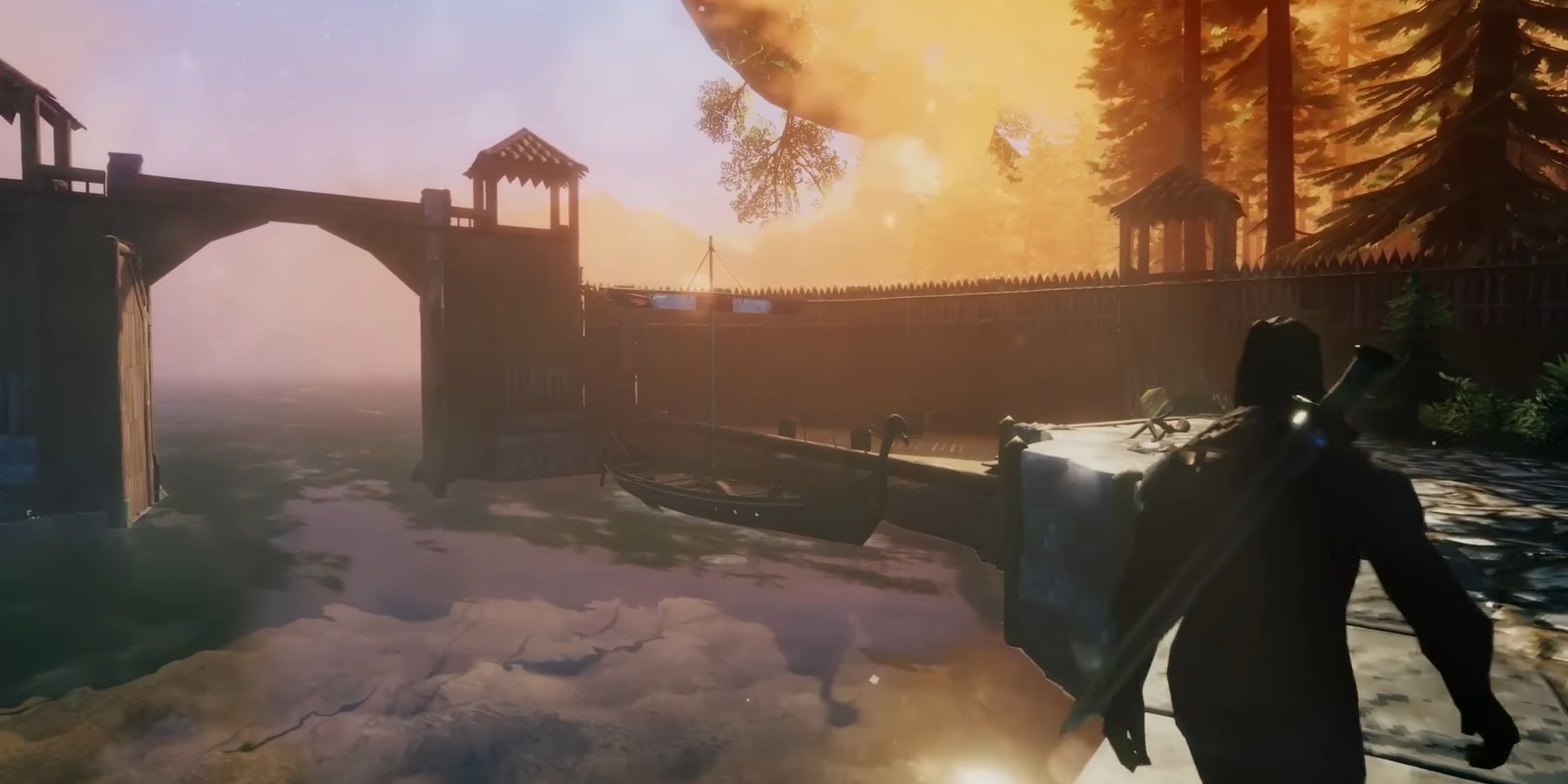
Valheim May Already Possess One Aspect of Minecraft's Longevity
Among Valheim's many claims to fame, one of its gameplay systems has the potential to give the title Minecraft's long lifespan.
Minecraft Could Learn Lessons From Valheim's Approach to Boss Battles
The main difference between Valheim and Minecraft 's enemy implementation lies in their modes of generation, with Minecraft opting for the random route as opposed to Valheim 's procedural-leaning basis.
Valheim and Minecraft Share Similar Solutions to the Boss Problem in Sandbox Games
Valheim's world is divided into biomes, each with its own boss, and their existence in the same world closely resembles the storyline progression gamers are familiar with. For years, the problem with incorporating boss battles in sandbox games lay in how to keep players away from frustrating deaths due to the chance encounters that characterize the genre's mechanics.
To combat this problem, Minecraft kept its final boss—the Ender Dragon—in an alternate dimension called The End, so gamers would actively seek out the portal to fight against the creature. Valheim also replicated the deliberate effort with a little tweak, allowing players to summon its biome bosses by gathering and placing relevant materials on their altars. Valheim keeping all its enemies within the boundaries of the same world not only helps gameplay flow but also opens up a possibility that Minecraft needs to explore in the future.
Keeping Enemies in the Same World Could Benefit Minecraft's Gameplay
For instance, after defeating the skeleton boss Yagluth, Fulings start spawning at night in various biomes owing to the loss of leadership. In comparison, defeating Minecraft's Ender Dragon gives a stunning XP drop. However, apart from an exit portal forming to take players back to the Overworld, there isn't much of a difference in gameplay. Valheim's bosses, as a result, are much better integrated into the overarching gameplay than Minecraft's.
For Mojang Studios to catch up, it doesn't have to abandon its multidimensional formula altogether, but it would help if it created a mode where players didn't have to leave the confines of the overworld to experience some of the best bosses Minecraft has to offer. Although the world is virtually limitless, the developer could give its bosses the license to spawn once players get a certain distance from their bases or adopt Valheim's summoning formula with a few changes. Valheim's success has proven that randomly generated worlds can have overworld bosses, and Minecraft should give its villains more room to affect players.

